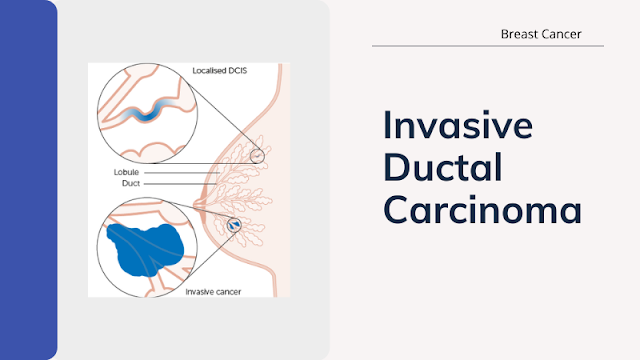Managing Warning and Precautions: Nitisinone Treatment
Introduction
Nitisinone is an inhibitor of 4-hydroxyphenyl-pyruvate dioxygenase, used to treat hereditary tyrosinemia type 1 (HT-1). While it is an effective treatment, it comes with specific warnings and precautions that need to be considered to ensure patient safety and efficacy.
Elevated Plasma Tyrosine Levels
- Nitisinone treatment may lead to elevated plasma tyrosine levels due to its inhibition of 4-hydroxyphenyl-pyruvate dioxygenase. To mitigate this risk, it is crucial to maintain a concomitant reduction in dietary tyrosine and phenylalanine. One should keep plasma tyrosine levels below 500 micromol/L to avoid adverse effects.
- One notable adverse effect of increased plasma tyrosine levels is the development of ocular symptoms, including corneal ulcers, opacities, and photophobia. Regular ophthalmologic examinations, especially slit-lamp examinations, should be performed before initiating Nitisinone treatment. If patients develop eye-related symptoms during treatment, immediate reexamination of the eyes and plasma tyrosine measurement is essential.
- Moreover, elevated tyrosine levels have been associated with variable degrees of intellectual disability and developmental delay. Abrupt changes in neurologic status should be assessed with a clinical laboratory evaluation, including plasma tyrosine levels.
- Additionally, painful hyperkeratotic plaques on the soles and palms may occur in some patients with elevated plasma tyrosine levels despite dietary restrictions and Nitisinone treatment. Regular assessment of dietary tyrosine and phenylalanine intake is advised for such patients.
Leukopenia and Severe Thrombocytopenia
- During clinical trials, some patients on Nitisinone and dietary restrictions experienced transient leukopenia, thrombocytopenia, or both.
- Monitoring platelet and white blood cell counts during Nitisinone therapy is crucial to manage these potential adverse effects. Adjusting the Nitisinone dosage may help in improving these conditions.
Conclusion
Nitisinone 2 mg or 5 mg or 10 mg is an effective treatment for HT-1, but healthcare providers must be cautious about potential risks and adhere to preventive measures. Monitoring plasma tyrosine levels, conducting regular ophthalmologic examinations, and managing leukopenia and thrombocytopenia are essential for successful Nitisinone treatment. Furthermore, considering the glycerol content in the oral suspension can help minimize adverse reactions and enhance patient compliance and safety.
Note:
One can order Nitisinone capsules online from India to anywhere across the World. To know more about the medication, contact us at info@indiangenericmedicines.com.
Reference: https://www.accessdata.fda.gov/drugsatfda_docs/label/2013/021232s010lbl.pdf


Comments
Post a Comment